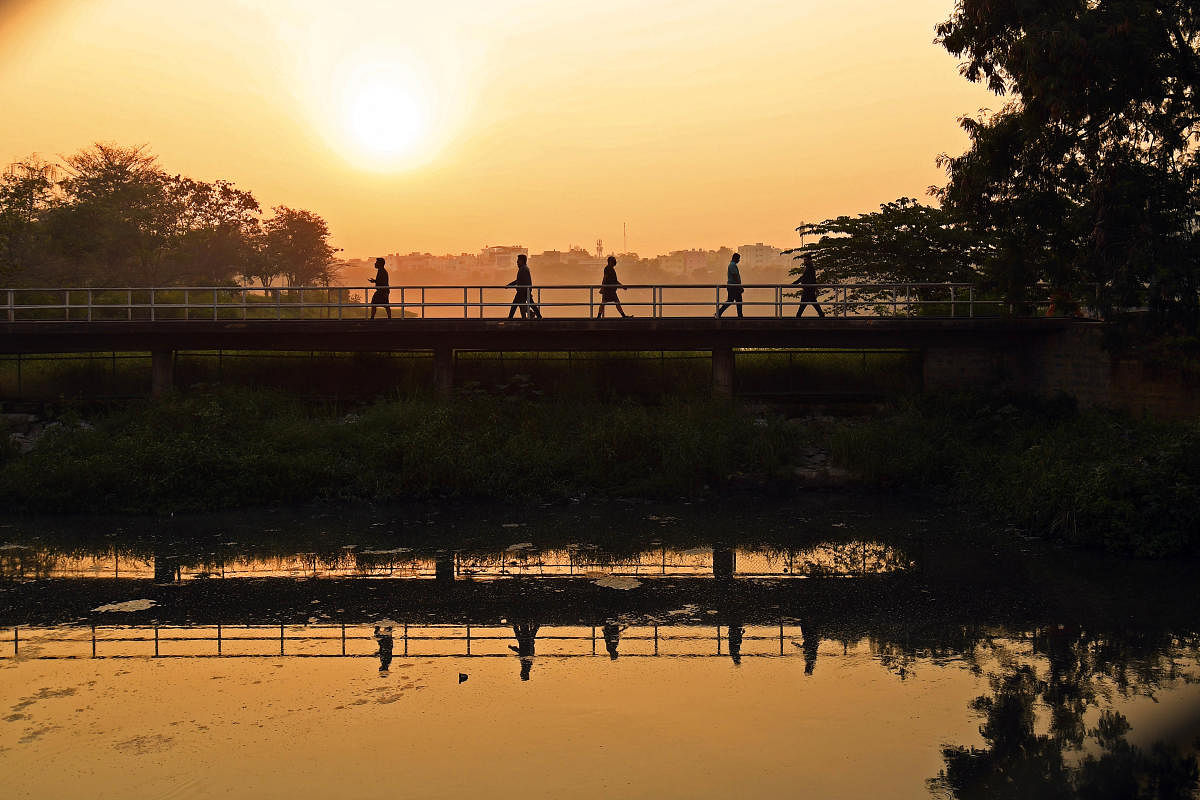
Photography has evolved from a long and difficult process with film cameras where the photographer had to spend a lot of time to shoot, process and develop his film in a darkroom. With the advent of mobile phone cameras, the process is versatile and faster than ever.
Mobile phones are equipped with high-end lenses today, enabling the user to make high quality photographs with just a click of the button. Most devices have at least two cameras and go up to six lenses and more. And megapixels range from 12 to 108 MP, which is at par with the DSLRs, at least on paper. As the technology advances, these numbers and quality will inevitably only increase and become an essential feature in the device.
However, the case was not the same with film cameras. The camera lenses were fixed, the ISO fixed, and everything was manual, including the processing. But the basic techniques of photography are pretty much the same as is the idea — to freeze the moment.
So how can you produce high quality pictures with a mobile phone? Here are some tried and tested ways:
A scene is best defined by the lighting as it sets the mood of the image. When shooting on a mobile phone, try to shoot during the ‘Golden Hour’ or magic hour. The best time to shoot, especially outdoors, is during the early hours, 6 am to 8 am and 4 pm to 6 pm, which is approximately an hour after sunrise and an hour before sunset. During this time, the sunlight is softer with a warm colour palette and makes for great lighting angles. Thus the name golden hour.
Most of the mobile camera apps have inbuilt grid lines. This divides the frame into nine parts. This is called the Rule of Thirds. Positioning the subject off-centre rather than directly in the centre of the frame tends to create a harmonious and balanced composition. This makes the picture more appealing. The frame is divided into nine equal parts using two vertical lines and two horizontal lines. Framing the photo where the intersections meet or along the lines is a great way to use the rule of thirds.
To capture a scene, one should aim to look from different perspectives or angles, not just the view from the eye-level. For example, an object looks different when shot from a low-angle than straight. Or even a top-angle. Attempt to shoot a scene or an object in different angles, like top, low and mid-range.
Background plays a key role in defining the main subject. Try to keep the background uniform, like a single colour without any obstructions. Mobile camera comes with a ‘bokeh’ feature, which blurs the background making the foreground subject more prominent. This depth-of-field mode is available in most phones today.
There are several mobile apps, which help enhance an image that is shot on the phone. Some popular apps include Snapseed, Google Photos, Lightroom, VSCO and Adobe Photoshop Express. These apps are available both on Android and iOS, along with several others; which can, of course, be overwhelming. The best practice is to stick to just one or two apps. It is better to become skilled in one app than to have mediocre skills in many.
Keep it simple. Adding many elements into your frame and editing with many filters, you might end up overdoing and creating an unexciting picture. Simple images are the most striking.
With these tips and tricks in mind and a little bit of creativity thrown in, you can make your next visual adventure a memorable one.
Lenscraft is a new monthly column on all things photography — tips, tricks and everything in between.
The writer is a photojournalist who tells stories with his pictures. Find his pictures on Twitter and Instagram @pushkarv